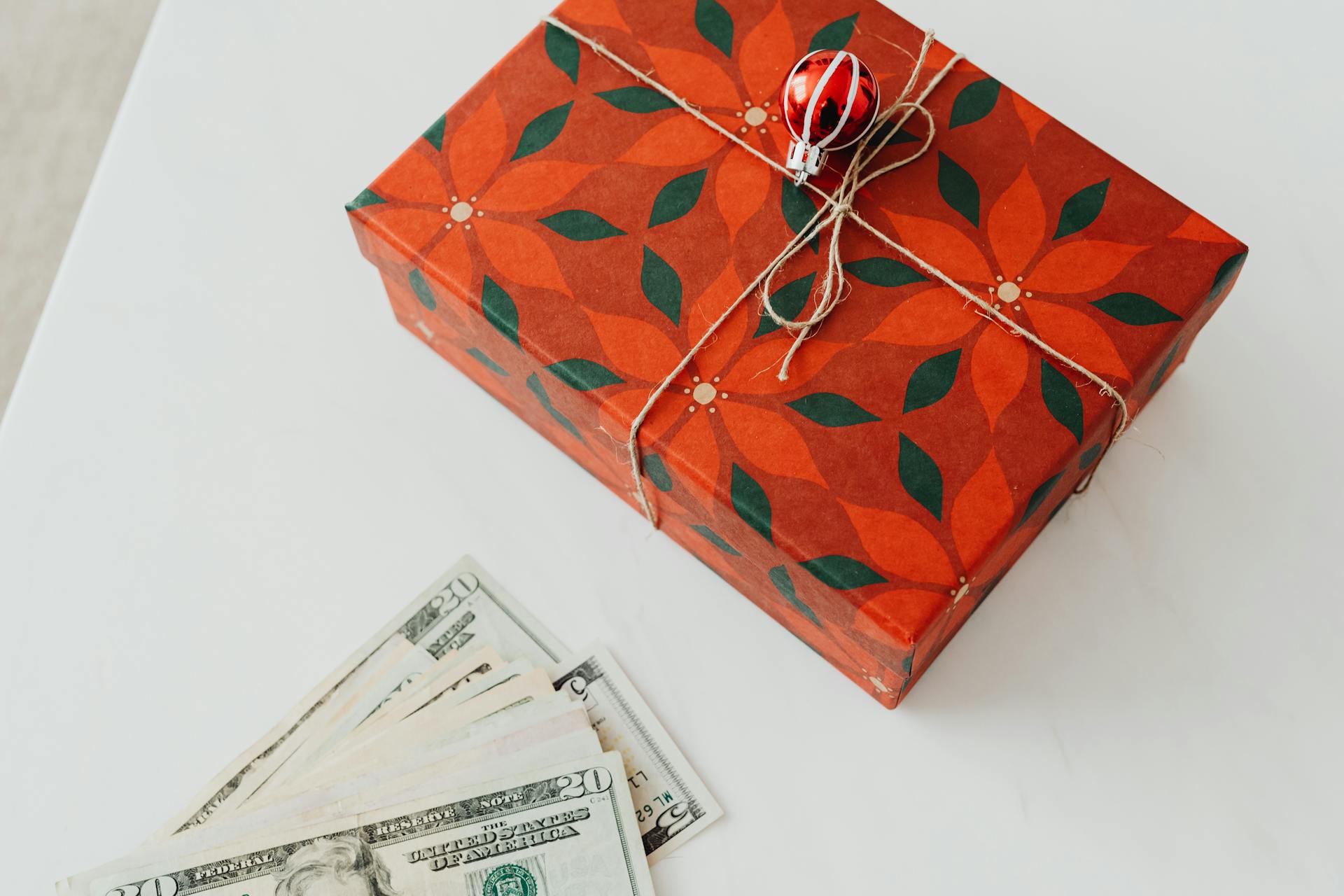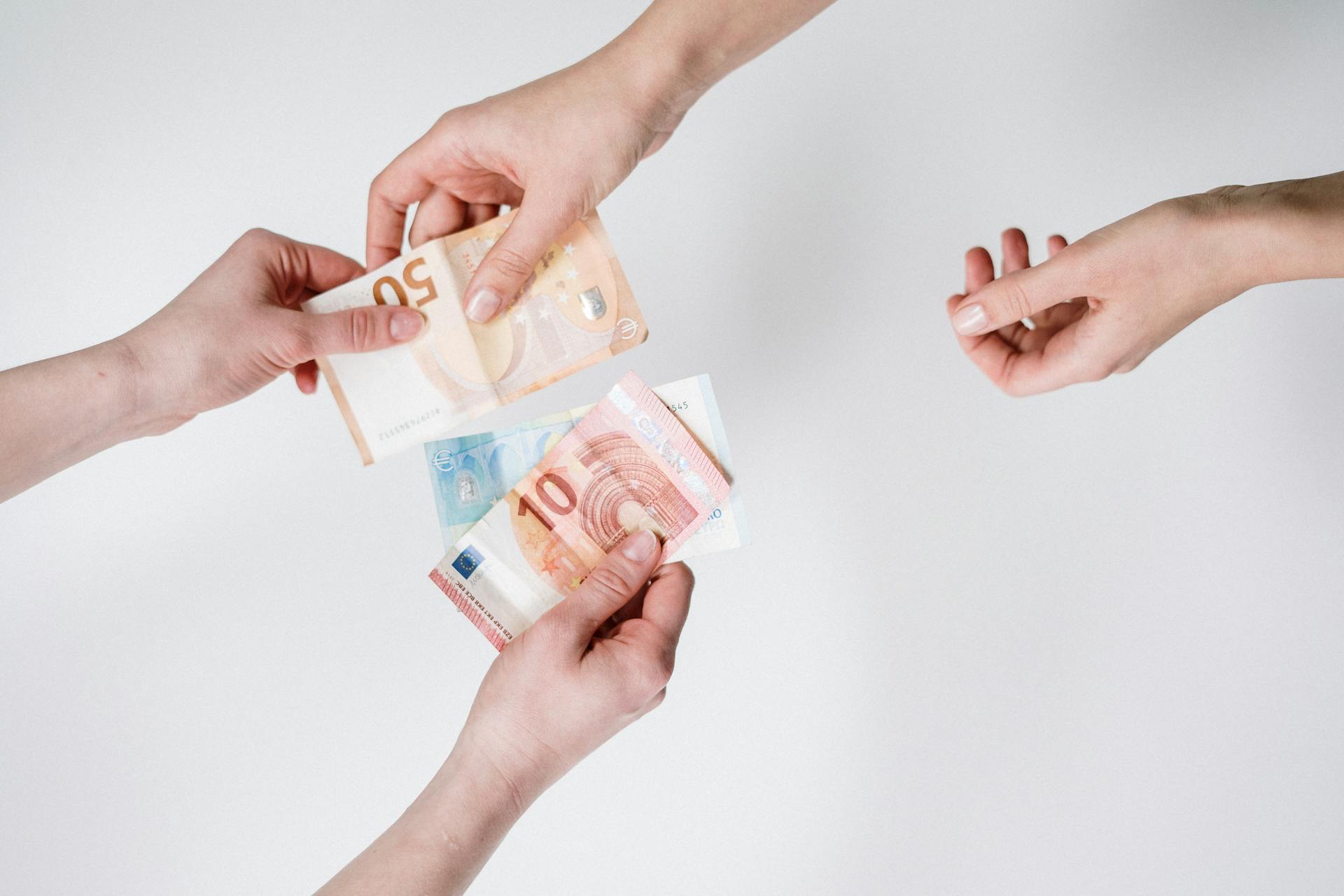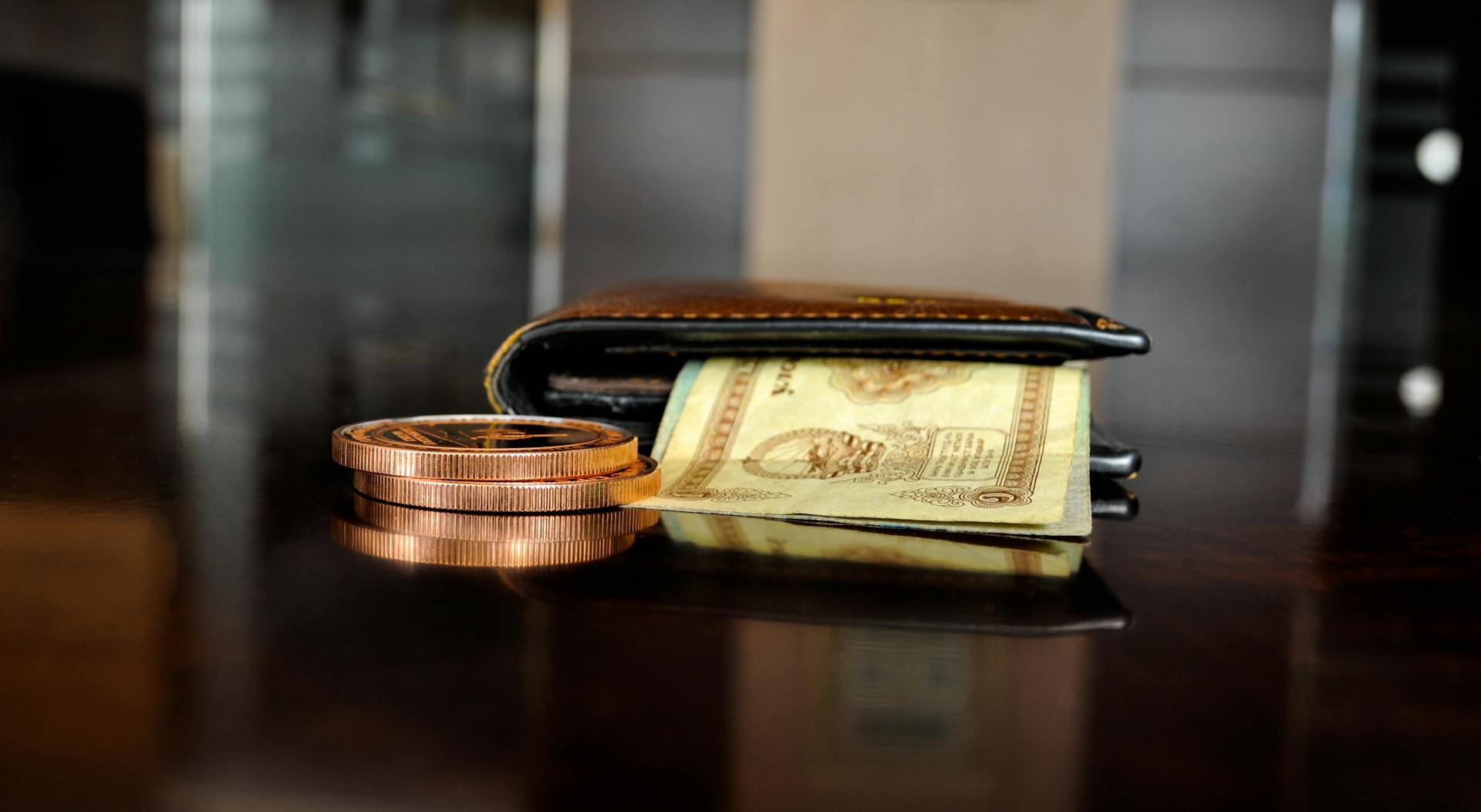
The Colombian peso is the official currency of Colombia, and it's a fascinating topic. The peso is subdivided into 100 centavos, but centavos are no longer in circulation.
Colombian peso currency notes are issued by the Central Bank of Colombia. You can find them in denominations ranging from 1,000 to 100,000 pesos.
The design of the notes features iconic Colombian landmarks and historical figures. The back of each note showcases a unique aspect of the country's culture or nature.
Some notes have a distinctive security thread that glows under ultraviolet light. This thread is a clever way to prevent counterfeiting.
History of Colombian Currency
The Colombian peso has a rich history, with significant events shaping its development. The gold standard was formally suspended on December 20, 1886, marking a turning point in the country's monetary policy.
In 1893, it was discovered that Banco Nacional had issued secret notes, causing a surge in circulation. The bank's existence was extended until 1896, during which time it issued another 5 million pesos to cover the costs of the 1895 civil war.
The Colombian peso was pegged to the dollar at 1.05/US$1 in 1931, with several adjustments made following the rise of the dollar. The exchange rate settled at 1.75 pesos per US$1 in 1935.
A law of 25 October 1903 prohibited new paper money issues, permitted payment in gold to be stipulated in contracts, and reintroduced the gold peso (peso oro) equal to 100 paper pesos, effective 1 January 1904. Outstanding notes were absorbed by auction sales of gold.
The Colombian peso's parity was registered with the International Monetary Fund on 18 December 1946 at 1.75 pesos to the US dollar, equal to 507.816 mg fine gold.
1880–1886 Gold Standard
In 1880, Colombia adopted the gold standard, with the peso equal to 1451.610 mg Au.
The government raised a loan of 2.5 million pesos in New York to establish Banco Nacional, which began operations in January 1881.
Banco Nacional was responsible for the national note issue from 1880 to 1885. Notes were released for various denominations, including 1, 5, 10, 20, 50, and 100 pesos.
New designs for some of these notes were introduced in 1885. The designs included notes for 10 and 20 centavos, as well as 1, 50, and 100 pesos.
In 1885, Banco Nacional also released notes for 20 and 50 centavos.
1886–1905 Colombian Paper Money
In 1886, the Republic of Colombia adopted the peso note of Banco Nacional as its monetary unit, effective May 1st. This was a significant change in the country's currency system.
Decree 104 of 19 January 1886 made the peso note official. Decree 448 of 2 August 1886 equated the peso note to silver coin .835 fine. The United States of Colombia became the Republic of Colombia on 5 August 1886.
The gold standard was formally suspended on 20 December 1886. This marked a shift away from the gold-backed currency system. Banco Nacional's existence was extended to 1 January 1896, while it issued another 5 million pesos to cover the costs of the 1895 civil war.
El Banco Nacional de la República de Colombia issued notes in 1886 for 50 centavos and 1, 5, and 10 pesos. Notes of a new design appeared in 1888 for 10 centavos and 1, 5, 10, 50, and 100 pesos, with 25 and 1000 added in 1895.
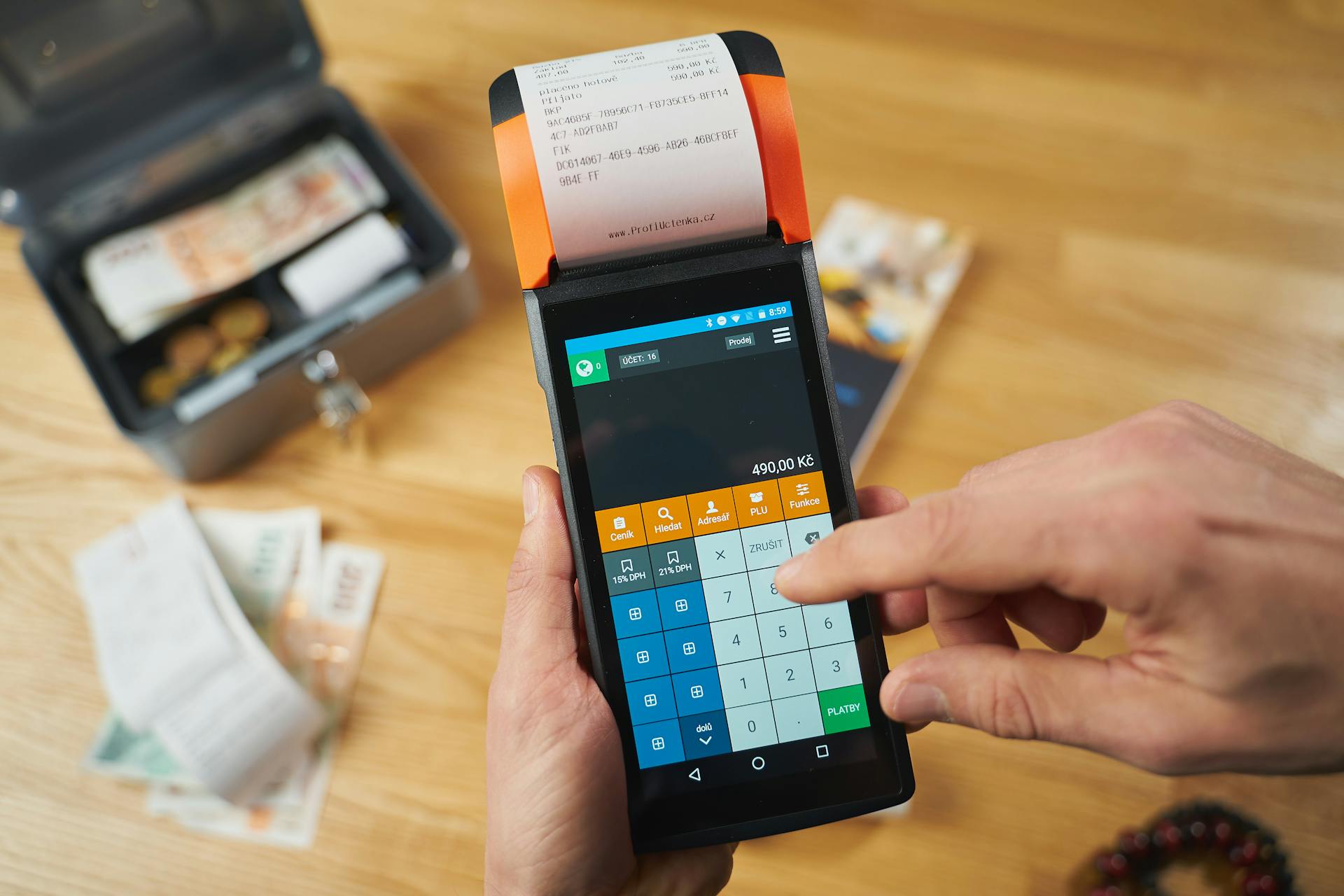
During the civil war, the government issued 28 new Banco Nacional note types and overprinted about 48 different private banknotes for circulation. This was a chaotic time for the Colombian currency system.
Here are some of the paper money denominations issued by El Banco Nacional de la República de Colombia during this period:
- 50 centavos
- 1 peso
- 5 pesos
- 10 pesos
- 10 centavos (1888)
- 25 pesos
- 100 pesos
- 1000 pesos
1905–1914
In 1905, Colombia adopted the gold standard, known as Peso oro, which was pegged to the value of gold. This marked a significant shift in the country's currency system.
The Peso oro was divided into 100 Centavos. You might be wondering how this conversion worked, but it's actually quite straightforward. One Peso oro was equivalent to 100 paper pesos.
The conversion to gold began on May 18, 1905, and it took a while to complete. It wasn't until June 12, 1907, that the country fully returned to the gold standard. The gold standard was a big deal, and it meant that the value of the peso was tied to the value of gold.
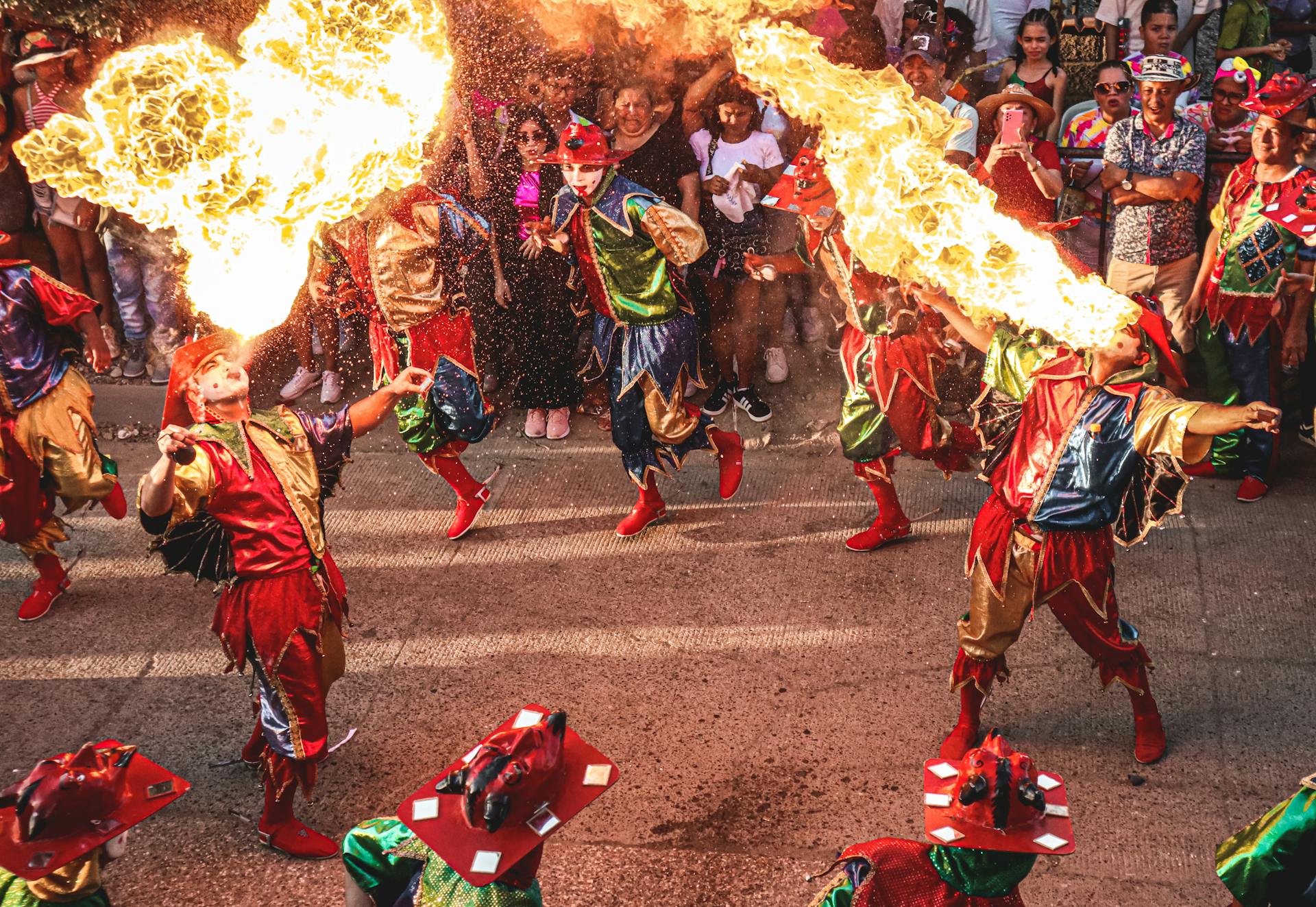
A gold libra, worth 5 pesos, was identical to the sovereign, and the gold peso was equal to 1464.480 mg fine gold. You might be interested to know that gold par was 5.00 per pound sterling and 1.027 per US dollar.
In 1909, a constitutional amendment prohibited the government from issuing further fiat currency. This meant that the government had to be more careful about how it managed the money supply.
The government issued currency notes in 1904 for various denominations, including 1, 2, 5, 10, 25, 50, and 100 pesos. A 1000 peso note was added in 1908. Here are the specific paper money issues that took place during this time:
- $1 p/m (1907, 1910, 1911, 1912, 1913, 1914, 1916)
- $2 p/m (1907, 1910, 1914)
- $5 p/m (1907, 1909, 1912, 1913, 1914)
1914-1923 Oro
The Colombian peso underwent significant changes during the period of 1914-1923, a time when the gold standard was suspended. The gold standard was suspended in August 1914.
World War I had a relatively minor impact on the Colombian peso compared to other South American currencies. A slight depreciation in the exchange rate lasted into 1915, but was followed by a return to par in 1916.
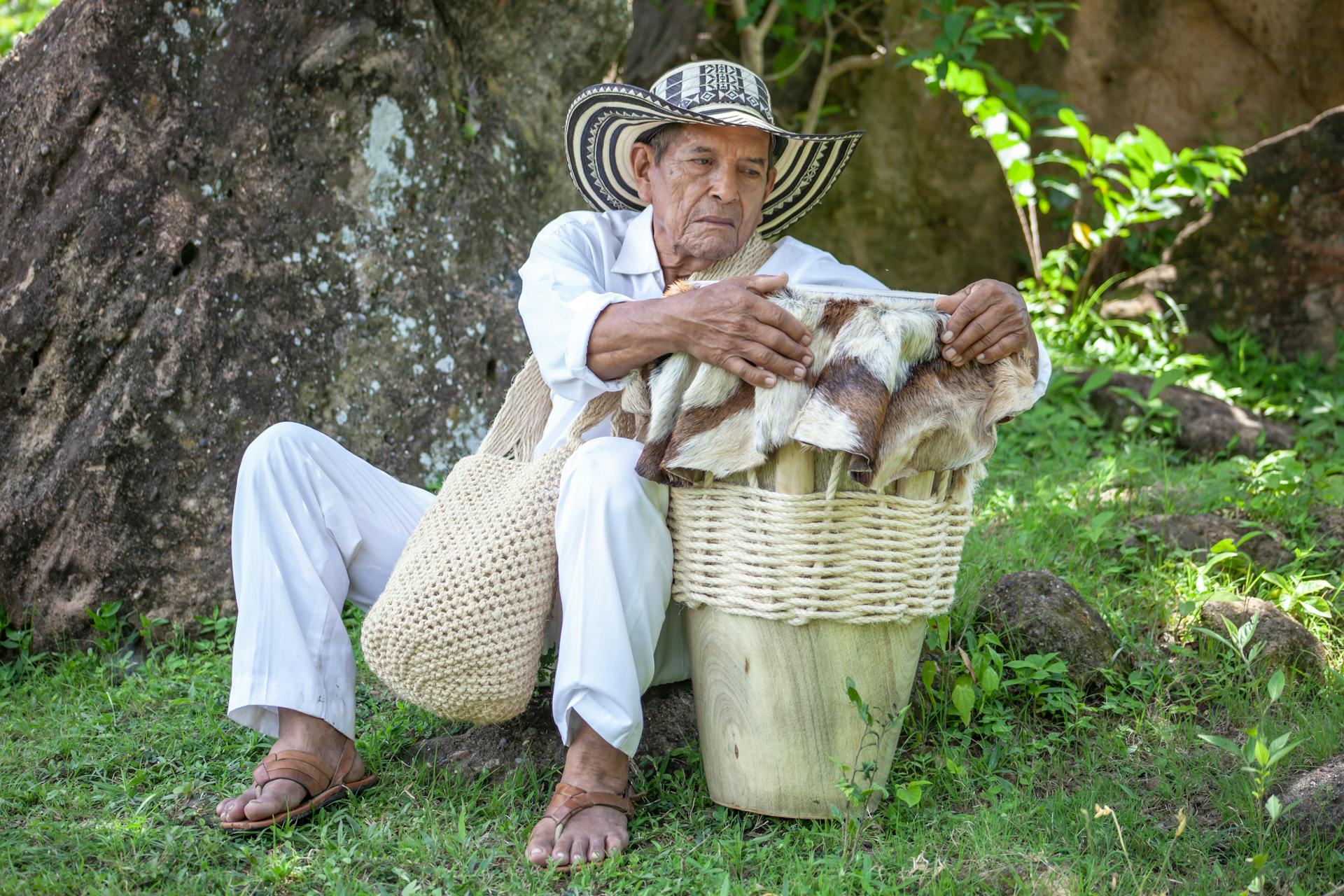
Poor harvests in 1917 caused a slight drop in the exchange rate, but from 1918, the demand for Colombian exports combined with a forced reduction in imports resulted in peso appreciation.
In 1919, US$100 could be bought for 90.50 pesos, which was close to the par value of 103 pesos. Only 218,000 paper pesos remained outstanding by the end of 1919.
The Junta de Conversión issued notes for 1, 2, 5, 10, 50, and 100 pesos, which were "payable in conformity with legislation."
Since 1931
Since 1931, the Colombian peso has undergone significant changes. The gold exchange standard was abandoned on 21 September 1931.
The peso was initially pegged to the dollar at 1.05/US$1, but several adjustments were made following the rise of the dollar. In 1935, the exchange rate settled at 1.75 pesos per US$1.
Colombia abandoned a fixed exchange rate in 1937, but the free rate kept close to 1.75/US$1. The peso's parity was registered with the International Monetary Fund on 18 December 1946.
The initial parity was 1.75 pesos to the US dollar, equal to 507.816 mg fine gold. This was adjusted to 1.95/US$1 on December 17, 1948.
The peso's value continued to fluctuate, with a fixed IMF parity being abandoned in 1955. The fluctuating free market rate was set initially at 4.17 per US dollar on 13 May 1955.
The exchange rate steadily deteriorated over the years, with attempts to hold it at 13.50 per US dollar in 1966 failing. By 1975, the annual average had fallen to 31.20 per dollar.
Colombian Currency Features
The Colombian peso is the official currency of Colombia, issued by the Banco de la República. Its symbol is "$" and its abbreviation is COP (Colombian peso).
Each peso can be divided into 100 centavos (cents). The exchange rate between the euro and the Colombian peso is approximately 4050 pesos per euro.
The Colombian currency consists of various coins and banknotes, ranging from 50 pesos to 100,000 pesos. Here is a list of the banknotes available in Colombian currency:
- 1000, 2000, 5000, 10,000, 20,000, 50,000, and 100,000 pesos.
- Coins: 50, 100, 200, 500, and 1000 pesos.
What Are Colombian Coins and Banknotes?
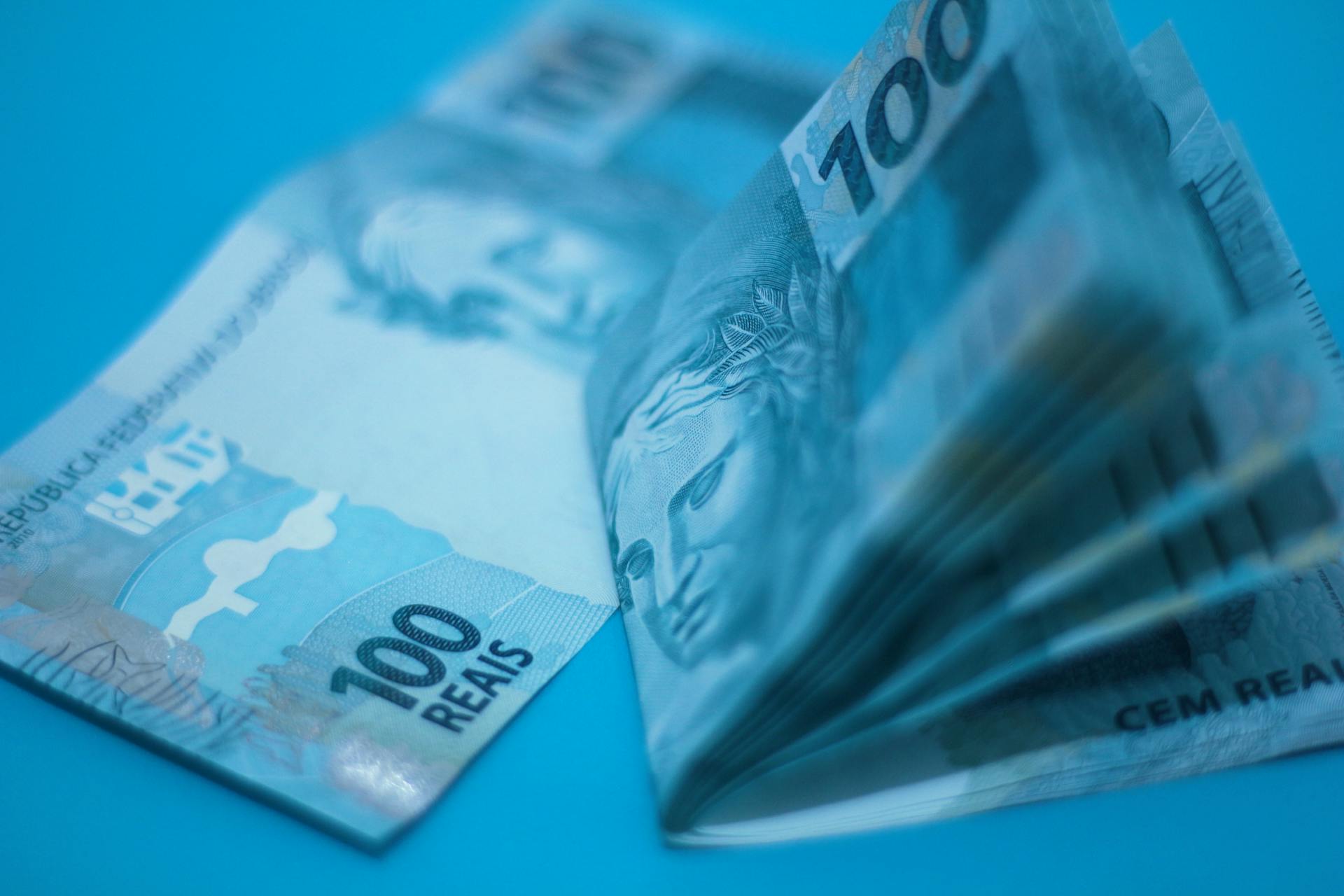
Colombian currency is made up of both coins and banknotes, which come in a range of denominations.
The coins in Colombian currency are available in the following denominations: 50, 100, 200, 500, and 1000 pesos.
You can use these coins to make smaller purchases or as change when paying with larger banknotes.
The banknotes in Colombian currency are available in the following denominations: 1000, 2000, 5000, 10,000, 20,000, 50,000, and 100,000 pesos.
These banknotes come in handy for larger transactions or when you need to pay a significant amount.
Here's a summary of the available coins and banknotes in Colombian currency:
- Coins: 50, 100, 200, 500, and 1000 pesos
- Banknotes: 1000, 2000, 5000, 10,000, 20,000, 50,000, and 100,000 pesos
Five Identifying Features
The 100,000 Peso banknote features the Valle de Cocora in Quindío, with the wax palm tree, the Barranquero bird, and the flower of the Sietecueros.
President Carlos Lleras Restrepo is also prominently displayed on this banknote.
The 20,000 Peso banknote showcases the channels at La Mojana in the region where the Zenú people settled.
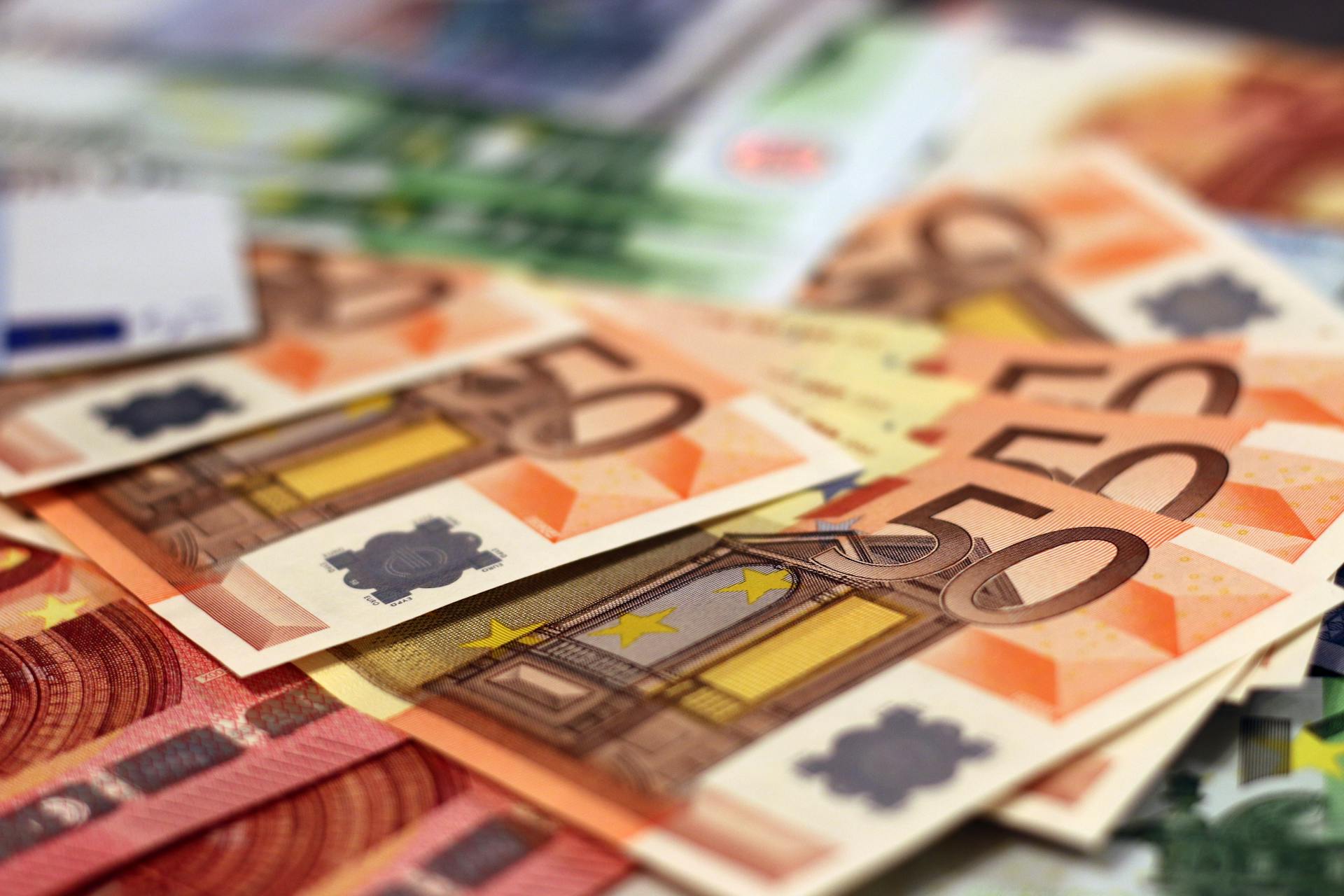
The anón fruit, Zenú earring, and sombrero vueltiao are other distinctive elements of this banknote.
The 2,000 Peso banknote includes the artwork of Débora Arango, specifically her depiction of the river Caño Cristales.
The Milky Way tree's leaves and fruit are also featured on this banknote.
The bird from Débora Arango's work "Las monjas y el cardenal" is graphically represented on the 2,000 Peso banknote.
Colombian Currency Stock Photos
Colombian Currency Stock Photos are abundant and varied, offering a range of images to suit different needs.
You can find high-resolution images of Colombian currency, including wads of fifty thousand Colombian pesos bills on a table, close-ups of rolls of Fifty Thousand Colombian Pesos Bills Issued on 2016, and even images of Colombian money scattered on a white background with all denominations.
The Colombian currency includes bills of various denominations, such as 5000 Pesos 1990 Banknotes, 50,000, and 100,000 Colombian peso bills, and coins like the bimetallic five hundred Colombian peso coin and the silver, two hundred Colombian peso coin.
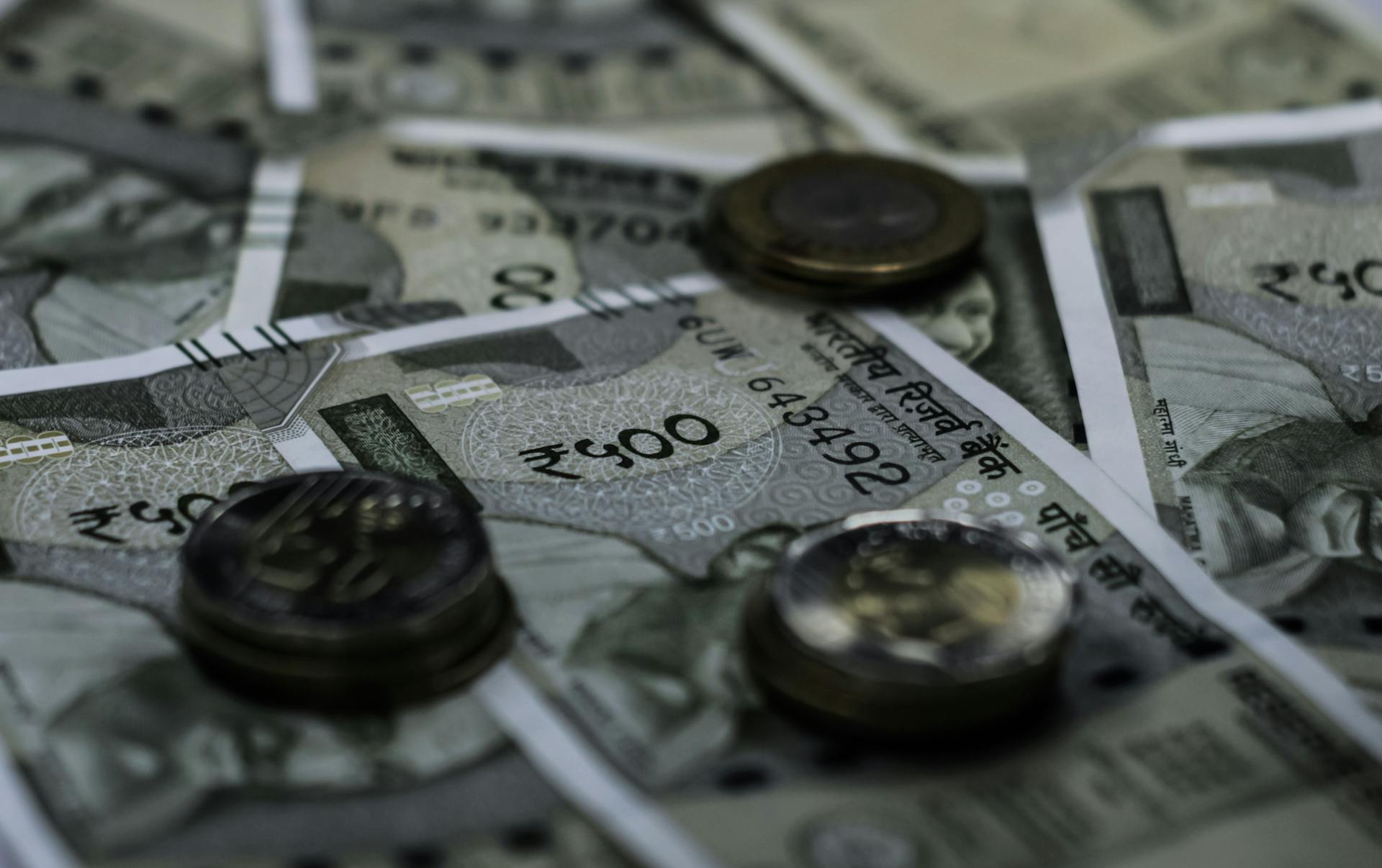
If you're looking for images of people handling Colombian money, you'll find plenty of options, including Hispanic hands holding banknotes over isolated pink backgrounds and young Latin women smiling happily holding Colombian pesos banknotes at the city.
Colombian currency stock photos are perfect for commercial use, offering a range of finance and economy concepts, such as packages of banknotes and coins on white backgrounds, and even images of money in a cash register.
Policarpa Salavarrieta Commemorative Banknote
The Policarpa Salavarrieta Commemorative Banknote is a special edition of the 10,000 Peso Banknote.
This banknote was issued to commemorate Policarpa Salavarrieta, a Colombian heroine who fought for independence.
There is a specific version of this banknote, the Policarpa Salavarrieta Commemorative Version.
To verify the authenticity of this banknote, you can refer to the five ways mentioned in the article.
Colombian Currency in Practice
You'll often find yourself using Colombian currency in everyday transactions. Cash payments are very common in Colombia, accounting for 78% of payments made every month.
To pay for small expenses like shopping or souvenirs, cash is the way to go. You can also use cash for taxis and buses.
Bank card payments are also widely accepted, especially in tourist areas. Most department stores and other stores accept foreign bank cards, but be sure to check the fees and charges withheld on each transaction.
PSE, an online payment system, allows payment for purchases directly from your bank account. This can be useful when you can't use your debit card.
Transfer payments are also popular in Colombia, allowing you to pay for physical purchases easily and quickly via a banking app on your smartphone.
To better manage your expenses, consider paying for everyday purchases in cash and larger transactions by bank card. Always keep some Colombian currency on you when traveling.
Here are the different payment methods available in Colombia:
- Cash: 78% of monthly payments
- Bank card: widely accepted, check fees and charges
- PSE: online payment system, useful when debit card is unavailable
- Transfer: popular for physical purchases and sending money
Treasury
The Treasury played a significant role in the history of Colombian peso currency notes.
In 1838, President José Ignacio de Márquez authorized the Treasury to issue notes redeemable by bearer at sight.
These notes were to be accepted by all tax offices, making them a convenient option for transactions.
The Treasury issued notes for denominations ranging from 5 to 100 pesos.
However, this decree was revoked in 1846 by President Mosquera, and no notes were issued.
Frequently Asked Questions
Is $50 a lot of money in Colombia?
In Colombia, $50 is equivalent to a relatively generous budget, allowing for basic expenses like food and accommodations. With this amount, you can enjoy a comfortable stay and explore the country's attractions.
What is the best currency to take to Colombia?
For Colombia, it's best to bring Colombian pesos, as they are the only currency widely accepted. USD can be exchanged at a bureau or some hotel front desks, but be prepared for unfavorable rates.
Featured Images: pexels.com
